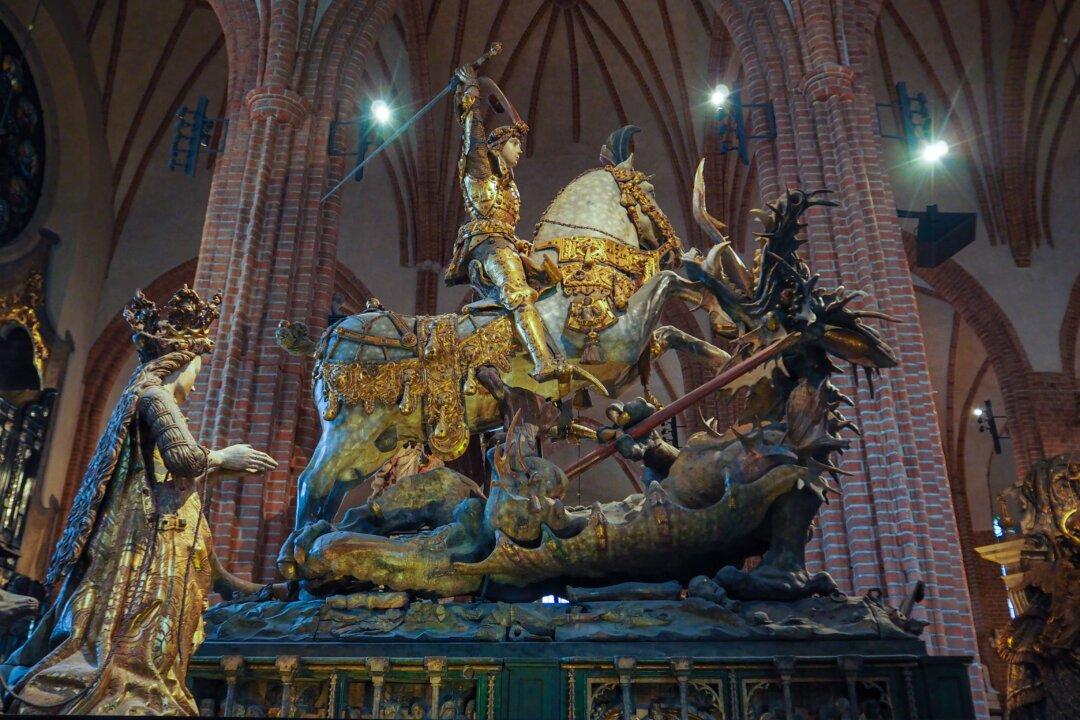Time and tide wait for no man. As sure as day turns to night, the ever-changing seasons constantly take us through life.
Visitors to the Cleveland Museum of Art (CMA) need wait no more to see its rare set of late 17th- to early 18th-century tapestries back on display—for the first time since 1953—in the exhibition “Cycles of Life: The Four Seasons Tapestries.”
The chance to see the tapestry set is an extraordinary one for many reasons. Weavers at the esteemed Gobelins Manufactory in Paris made the tapestries. (The manufactory, made famous in Louis XIV’s reign, is still in production today.) And the tapestry set will be on display starting Feb. 13 for the first time since its extensive restoration.




Why the Four Seasons?
For centuries, artists have celebrated the supreme harmony of nature by depicting the four seasons in frescoes, paintings, sculptures, and tapestries, on furniture, and even on snuff boxes.The ancients used the zodiac signs, and then gods and goddesses, to personify the attributes of spring, summer, fall, and winter. But medieval artists depicted everyday seasonal scenes, such as summer fields full of farmers bringing in their hard-won harvest.
The CMA’s set of four season tapestries is full of such everyday activities: men, women, and children fishing and gardening in spring, harvesting in summer, winemaking in autumn, and ice skating in winter.
Exhibition visitors can learn about the history of the tapestries, how they were designed and created, and how the museum acquired them. Visitors will also be able to understand the unique challenges that the CMA’s textile conservator and tapestry conservation specialists at the Belgium royal tapestry manufacturer De Wit faced when preserving the delicate textiles.
Not only will visitors be able to marvel at the workmanship involved in making the tapestries, and in restoring them for future generations, but they’ll also see how nature waits for no man.






